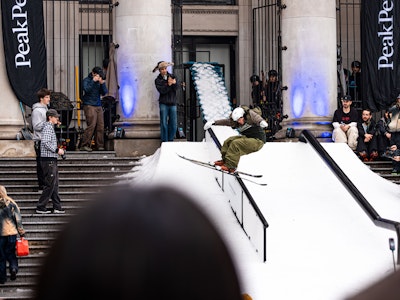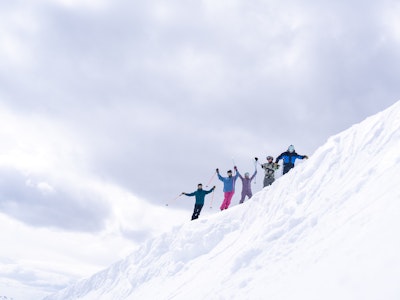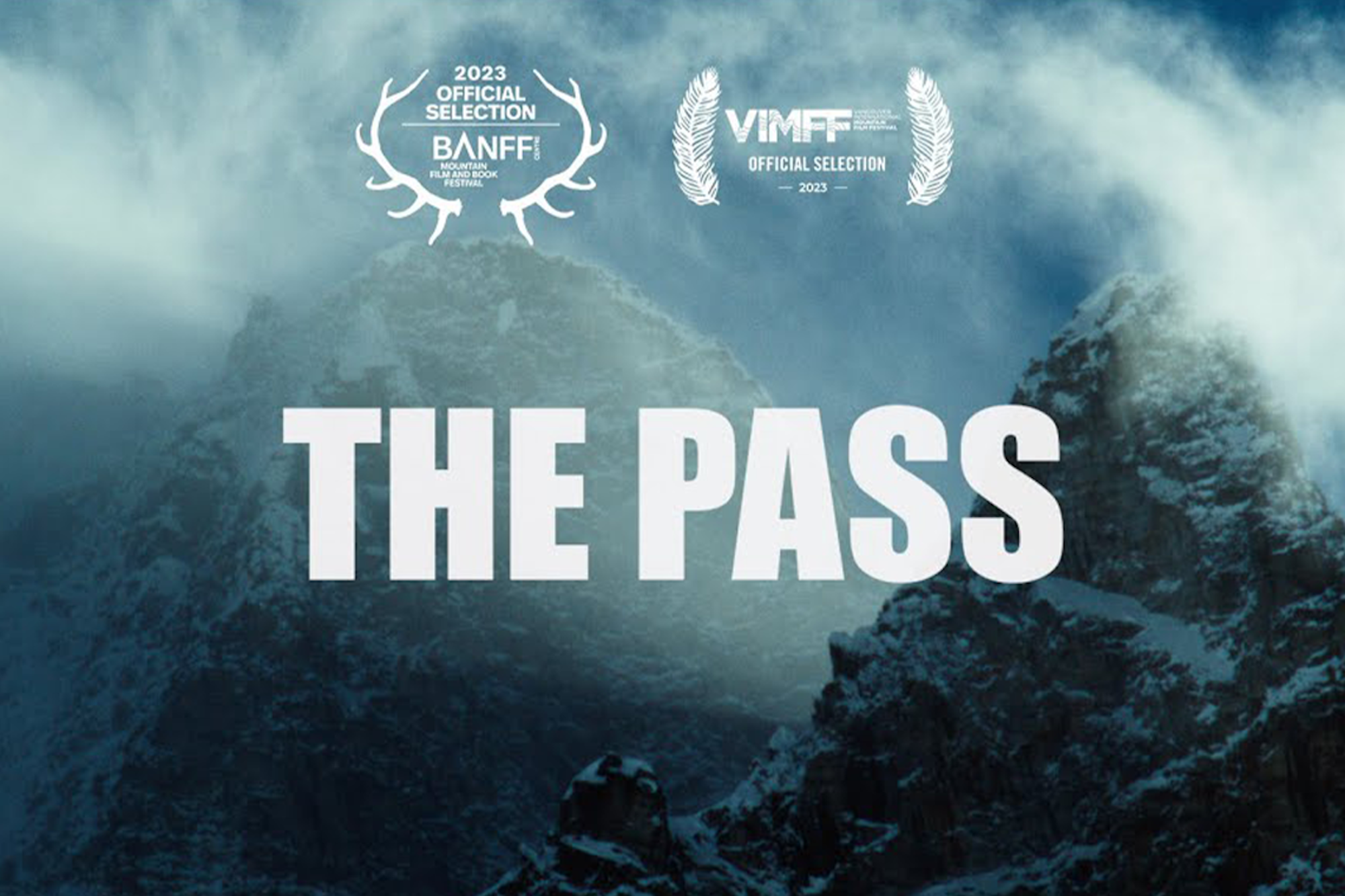Humans are bizarre creatures. We find areas we have no business being in, spots that pose a direct danger to us and our personal well-being, and onward we go. This can certainly be said about many areas around the world. Mountain passes are extremely dangerous, from Utah to the Austrian Alps. In previous times these areas were optional traverses. But in today’s connected world, where people rely on consistent shipping for their accessories as well as for their necessities, these alpine roadways are not an elective; they’re mandatory. Perhaps there is no better example than the road that meanders through Rogers Pass, British Columbia.
This marvel of engineering transports millions of dollars and thousands of human lives every day. The ragged and rough faces of the oldest peaks in the Rocky Mountains and the Selkirk Range hold dangerous and easily fatal consequences. There are 134 avalanche paths and 2,000 yearly avalanche events on Rogers Pass. Each Earth-shaking waterfall of snow carries with it rocks and trees as it hurtles toward the road and railways below. It’s estimated that a one-hour closure on Rogers Pass costs about $3 million dollars. A full-day closure affects $77 million dollars of goods. Combine that with the lives at stake, and it’s fair to say that keeping Rogers Pass accessible is quite literally a life-and-death task. So how do you do it, and who the hell has that responsibility on their shoulders?
In “The Pass” Arc’teryx takes us through the unimaginable pressure that is coupled with the job of keeping Rogers open and safe. We’re introduced to two unsung heroes: Sylvia Forest and Danyelle Magnan. These two women have become foremost experts in the world of avalanche mitigation and safety, with Forest mentoring Magnan. This incredibly well-done film gives a poetic and accurate feel into the lives of those who keep us alive without us knowing it. Monitoring weather patterns, consistent snow pack assessments, the Backcountry Skiing Permit System and the Howitzer Artillery Battalions below; there are so many factors in play within this stretch of high-risk terrain. They do it day in and day out so that we can get the goods we depend on and, of course, recreate in some of the finest mountain terrain on earth. Dim the lights and dive into the relentless world of Rogers Pass.
From YouTube –
In Rogers Pass, the Trans-Canada Highway and Canadian Pacific Railway wind underneath 134 avalanche paths that release 2,000 avalanche events each winter, controlled by military artillery, helicopters, and remote control systems. It was off-limits to ski touring for decades. Then a surprising player stepped up to help mastermind the Pass’s modern winter permit system that’s designed to keep skiers safe from Howitzers and controlled avalanches.
In this 12-minute film, we meet Sylvia Forest (63), a woman who rose to leadership in the rugged worlds of mountain rescue, guiding, and avalanche safety before equal representation was a blip on the radar and one of the architects of the permit system in 1995. In turn, she mentored Danyelle Magnan, who recently became–after her own formidable experience in remote backcountry rescue and ski guiding–the first woman on the elite Rogers Pass avalanche forecasting team that’s responsible for thousands of lives on a daily basis. The duo reunites in the Pass for their first ski tour together after ten years to reflect on their journeys in the face of high-risk elements, immense pressure, and long-established cultural norms. In quietly and impressively showing what’s possible, these two women represent a small but pivotal part of the seismic shift happening to the face of mountain culture.
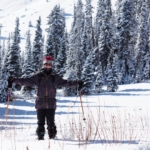
![[GIVEAWAY] Win a Legendary Ski Trip with Icelantic's Road to the Rocks](https://www.datocms-assets.com/163516/1765233064-r2r26_freeskier_leaderboard1.jpg?w=200&h=200&fit=crop)
![[GIVEAWAY] Win a Head-to-Toe Ski Setup from IFSA](https://www.datocms-assets.com/163516/1765920344-ifsa.jpg?w=200&h=200&fit=crop)

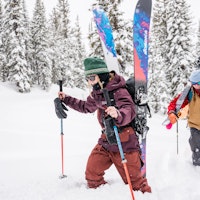
![[GIVEAWAY] Win a Legendary Ski Trip with Icelantic's Road to the Rocks](https://www.datocms-assets.com/163516/1765233064-r2r26_freeskier_leaderboard1.jpg?auto=format&w=400&h=300&fit=crop&crop=faces,entropy)


![[GIVEAWAY] Win a Head-to-Toe Ski Setup from IFSA](https://www.datocms-assets.com/163516/1765920344-ifsa.jpg?auto=format&w=400&h=300&fit=crop&crop=faces,entropy)


